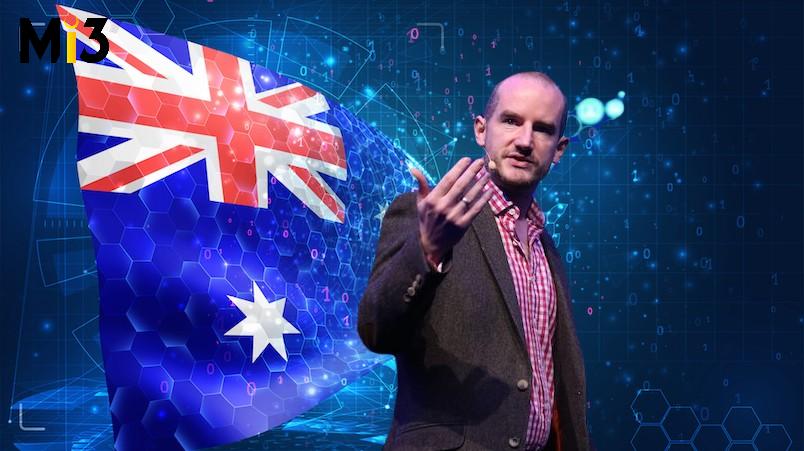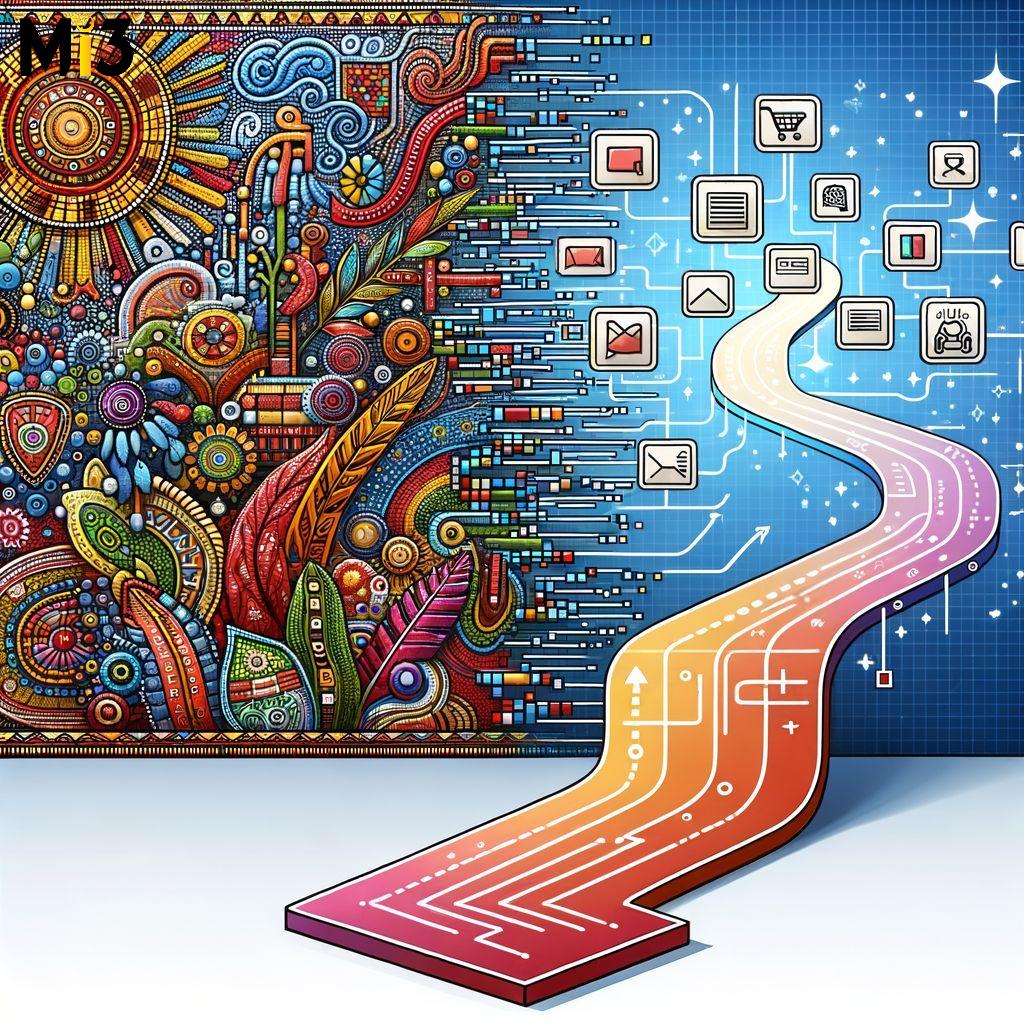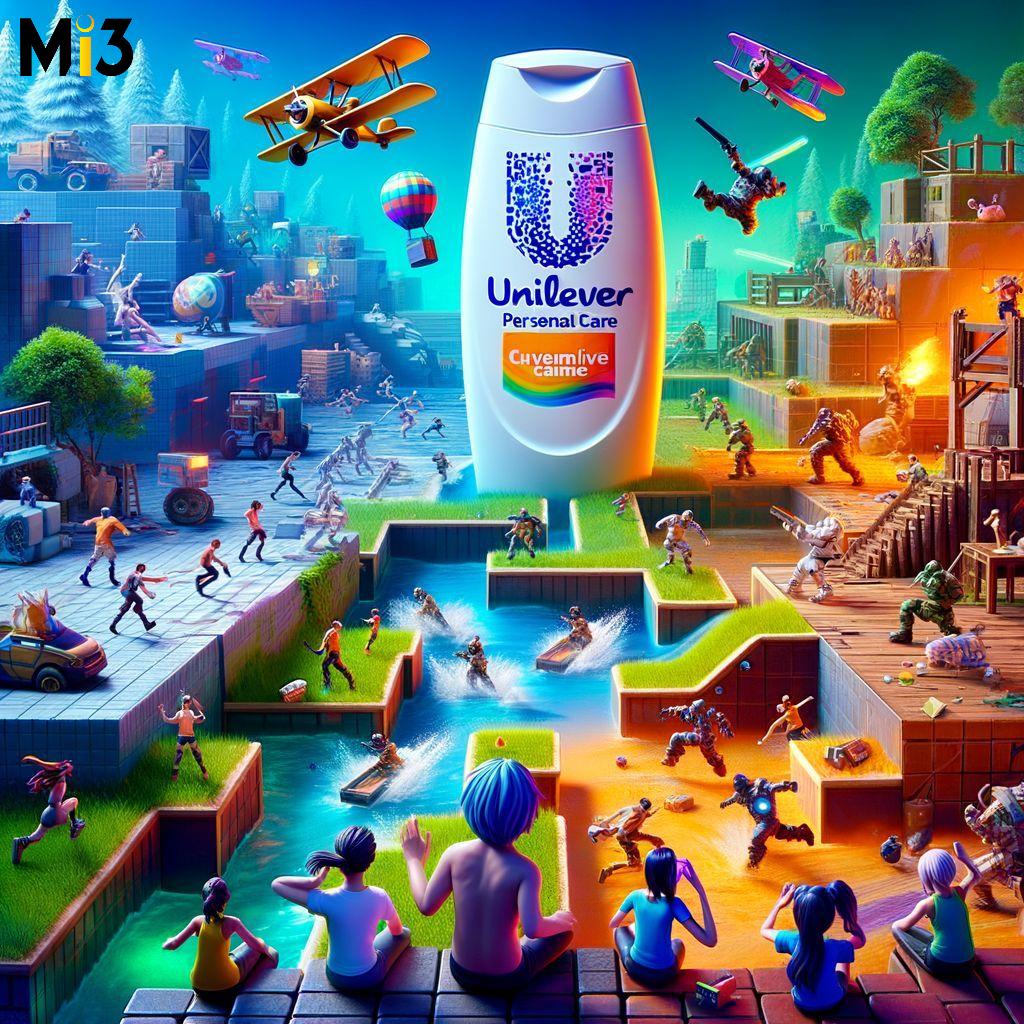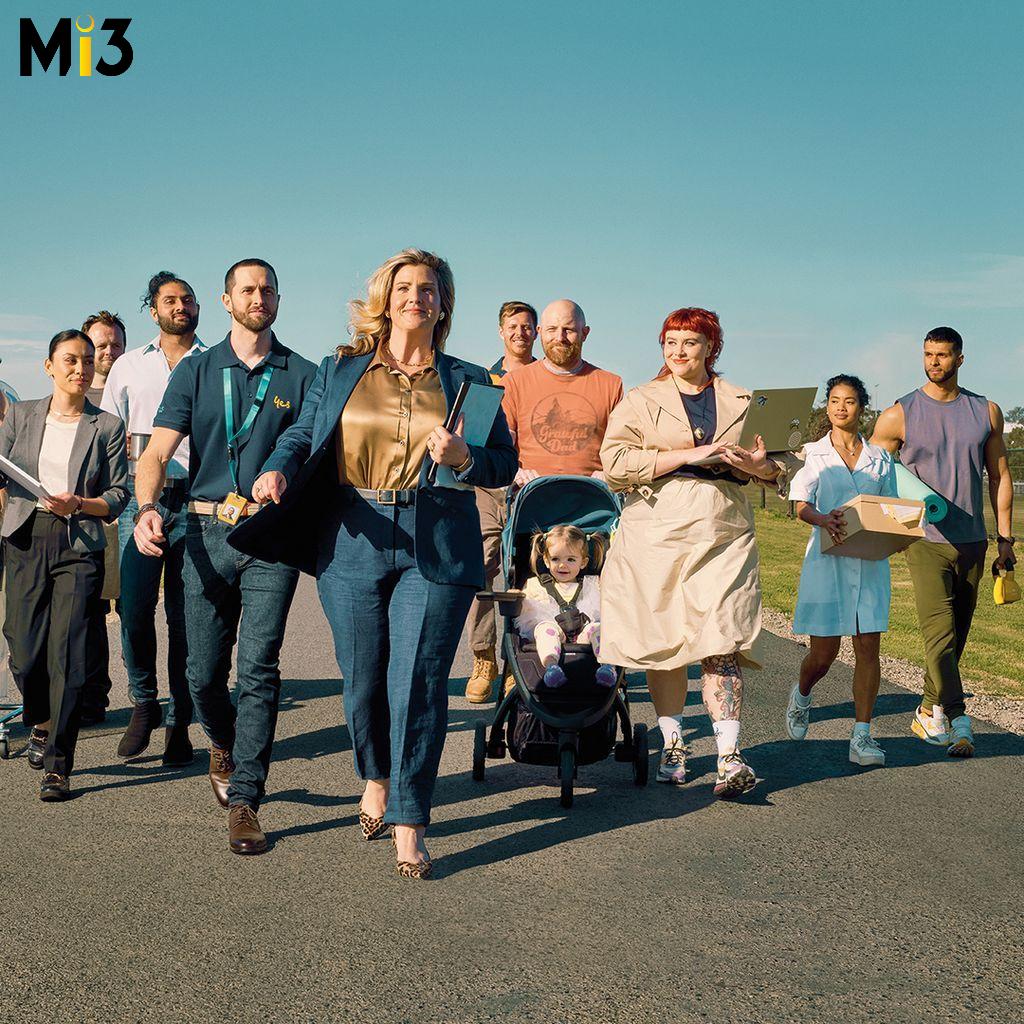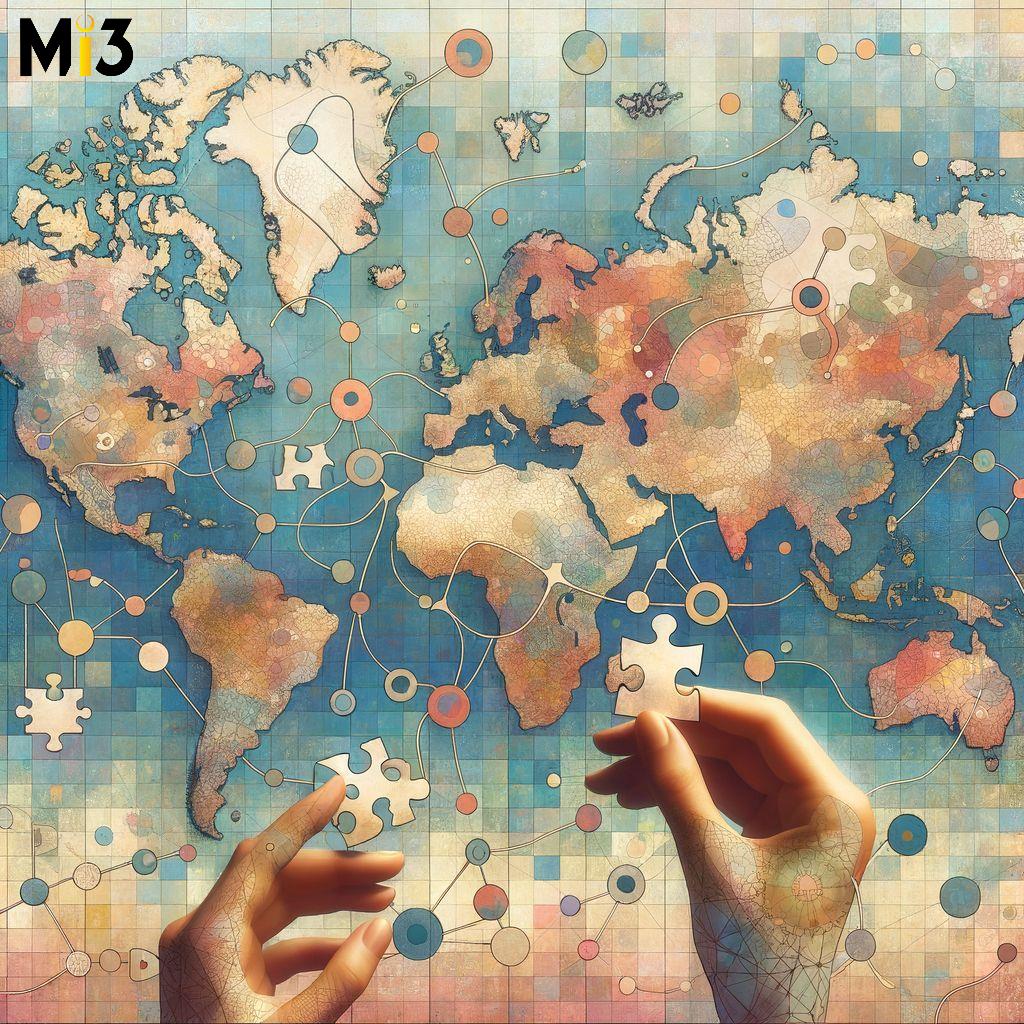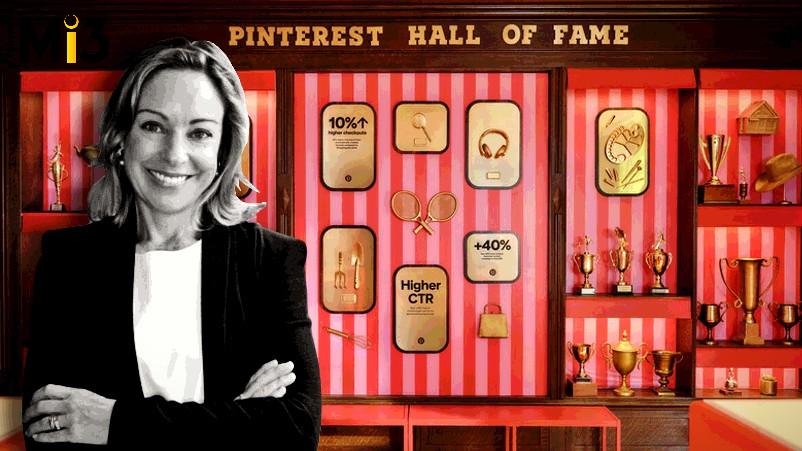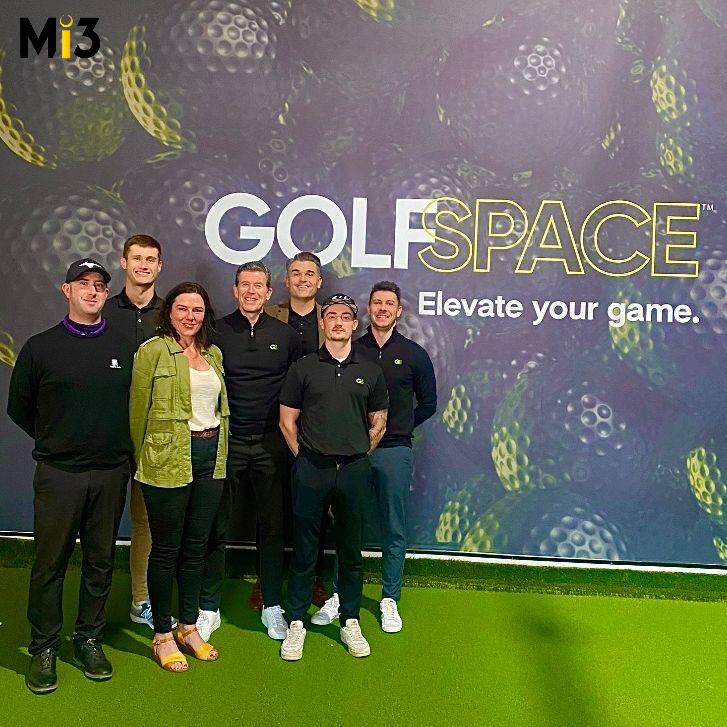Unilever has launched the first Magnum bite-sized Bon Bons, joining the likes of Ben & Jerry’s and Yasso in embracing a growing shift in the snacking category towards smaller, more frequent meals throughout the day.
Author: admin
Revealed: Alarming leakage of sensitive data from Real Time Bidding exposes Australia’s defence personnel and political leaders to blackmail by foreign actors
Sensitive personal information regarding Australian defence personnel and political leaders is being leaked via ad exchanges and the digital advertising supply chain – and potentially accessed by foreign states and non-state actors, raising grave national security concerns.
OzTAM taps Snowflake’s Data Clean Rooms to integrate BVOD audience data into single VOZ dataset
Australian commercial TV measurement alliance OzTAM has partnered with AI Data Cloud company, Snowflake, to leverage its Data Clean Rooms for VOZ Streaming data enablement solution.
Big Red Group partners with Welcome to Country to boost Indigenous tourism
Experience marketplace Big Red Group has partnered with Welcome to Country, a non-profit organisation that helps First Nations entrepreneurs to monetise their cultural products and services through an online marketplace.
Unilever triples gaming spend to engage new consumers in personal care brands
Unilever has tripled its marketing investment in the gaming sector over the past three years, leveraging partnerships with platforms such as EAFC, Fortnite, Roblox, and Minecraft to engage new consumers for its Personal Care brands.
Optus leans into small business support in new campaign from Emotive
Optus has collaborated with independent creative agency Emotive to launch a new integrated campaign and brand platform for the Australian small business community, titled ‘We’re All In’.
Adobe taps Dentsu Creative for global Digital Media account; picks Stagwell network for campaigns and social
Adobe has chosen Dentsu Creative as its lead global scaled creative and content agency for its Digital Media Business (DMe). The tech vendor has also appointed Stagwell as its global lead for creative campaigns and social content for its DMe business.
Engagement vs enragement: Pinterest chiefs challenge rivals on mental health, teen protection, vie for performance ad dollars amid acquisition cost crunch, Mecca, Pandora, Adidas buy-in
Pinterest aims to put clear air between itself and rival platforms under pressure globally over mental health and algorithm-induced anxiety and the prospect of teen bans locally. It’s simultaneously making a play for more full-funnel ad dollars as performance media acquisition costs soar, doubling in the last four years and threatening unit economics, especially for ecom pureplays. The platform called out rivals at this week’s annual showcase, with global CEO Bill Ready talking up a “positive business model centred on emotional wellbeing rather than engagement via enragement”, and throwing down the gauntlet to Meta, Twitter and TikTok to use its third party-developed tools to gauge negative impacts on users. Local MD Melinda Petrunoff said it’s been private by default for under-16s for more than a year “before this was a discussion”, and advertisers are buying the positive vibe. Now it’s pushing performance and commerce capability – and the likes of Mecca, Pandora, Adidas and Walgreens are converts.
Golfspace grows membership 300%, drives $4m in revenue with data-driven marketing and community engagement approach
GolfSpace, a premium indoor golf experience company, has grown its weekly membership base by over 300% since January 2024, growth it’s attributing to a data-driven marketing approach that’s now led to $4m in revenue.
Norwegian Cruise Line sails into ‘More’ with new brand positioning and upgraded package
Norwegian Cruise Line (NCL) has unveiled a new brand positioning, ‘MORE’, and an enhanced package, ‘More At Sea’, based on the belief that Australian travellers are seeking more from their holidays.


